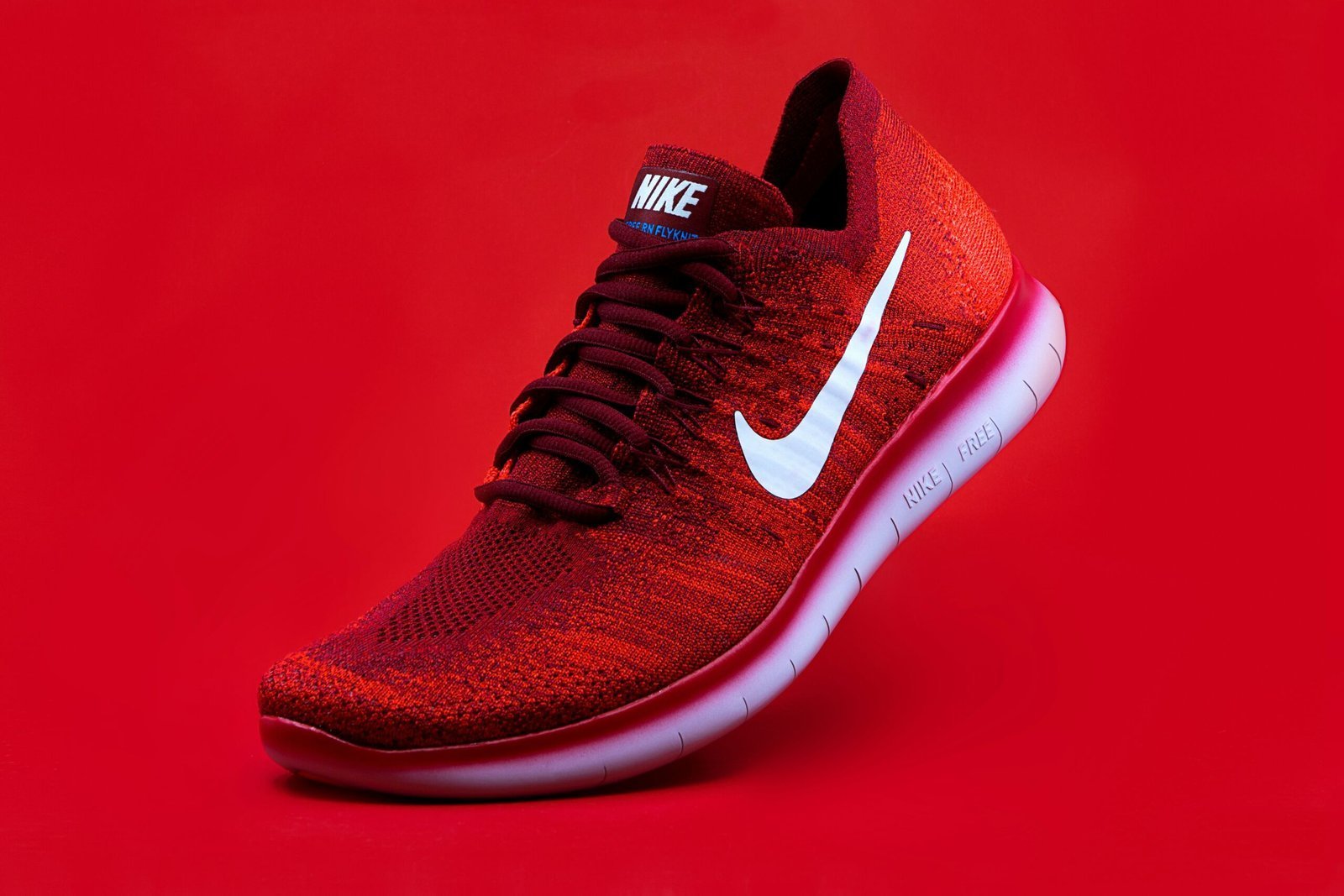
The Science Behind Customized Shoe Modifications for Improved Comfort
When it comes to footwear, comfort is key. Ill-fitting shoes can lead to a variety of foot problems, including blisters, calluses, and even chronic pain. That’s why many people turn to customized shoe modifications to improve the fit and overall comfort of their shoes. But what is the science behind these modifications, and how do they work?
Understanding Foot Anatomy and Biomechanics
Before delving into the science of customized shoe modifications, it’s important to understand the anatomy and biomechanics of the foot. The foot is a complex structure made up of 26 bones, 33 joints, and over 100 muscles, tendons, and ligaments. It is designed to support the body’s weight, absorb shock, and provide stability during movement.
When we walk or run, our feet go through a series of motions known as the gait cycle. This cycle consists of two phases: the stance phase, when the foot is in contact with the ground, and the swing phase, when the foot is in the air. During the stance phase, the foot undergoes pronation (rolling inward) and supination (rolling outward) to help with shock absorption and propulsion.
The Importance of Proper Shoe Fit
Proper shoe fit is crucial for maintaining foot health and preventing discomfort. Ill-fitting shoes can cause a range of problems, including blisters, corns, calluses, and even more serious conditions such as bunions or plantar fasciitis. Shoes that are too tight can restrict blood flow and compress nerves, leading to pain and numbness.
Customized shoe modifications aim to address these issues by tailoring the shoe to the individual’s specific foot shape and biomechanics. By making adjustments to the shoe’s structure or adding supportive elements, these modifications can improve overall comfort and reduce the risk of foot problems.
The Science of Customized Shoe Modifications
Customized shoe modifications are based on the principles of biomechanics and orthotics. Orthotics is the branch of medicine that deals with the design, manufacture, and use of devices (orthoses) to support or correct musculoskeletal problems.
One common type of customized shoe modification is the use of orthotic inserts or insoles. These inserts are designed to provide additional support and cushioning to the foot, redistributing pressure and reducing stress on specific areas. They can be made from a variety of materials, such as foam, gel, or rigid plastic, depending on the individual’s needs.
Orthotic inserts are often prescribed for individuals with conditions such as flat feet, high arches, or overpronation. By correcting the alignment of the foot and providing additional support, these inserts can help improve overall comfort and reduce the risk of foot injuries.
Another type of customized shoe modification is the use of wedges or lifts. These are typically used to correct leg length discrepancies or to address specific biomechanical issues, such as excessive pronation or supination. By altering the angle of the foot or leg, these modifications can help improve gait mechanics and reduce strain on the feet and lower limbs.
The Benefits of Customized Shoe Modifications
There are several benefits to using customized shoe modifications for improved comfort:
- Pain Relief: Customized shoe modifications can help alleviate foot and lower limb pain by providing additional support and cushioning.
- Injury Prevention: By improving foot alignment and reducing excessive motion, these modifications can help prevent injuries such as sprains, strains, and stress fractures.
- Improved Performance: Customized shoe modifications can enhance athletic performance by optimizing biomechanics and reducing energy loss during movement.
- Individualized Fit: Customized modifications allow for a personalized fit, ensuring that the shoe accommodates the unique shape and needs of the individual’s foot.
- Long-Term Foot Health: By promoting proper foot alignment and reducing pressure points, customized shoe modifications can contribute to long-term foot health and prevent the development of chronic conditions.
Consulting a Professional
While there are over-the-counter shoe modifications available, it is recommended to consult a professional, such as a podiatrist or orthotist, for customized shoe modifications. These professionals have the expertise to assess your foot and gait mechanics and recommend the most appropriate modifications for your specific needs.
During a consultation, the professional will conduct a thorough examination of your feet, discuss your symptoms and medical history, and may use advanced technologies such as gait analysis to assess your biomechanics. Based on this assessment, they will recommend the most suitable modifications and guide you through the fitting process.
In Conclusion
Customized shoe modifications offer a scientific approach to improving comfort and reducing the risk of foot problems. By addressing individual foot anatomy and biomechanics, these modifications can provide additional support, improve alignment, and enhance overall comfort. Consulting a professional is key to ensuring that the modifications are tailored to your specific needs, leading to long-term foot health and improved quality of life.